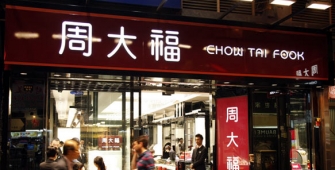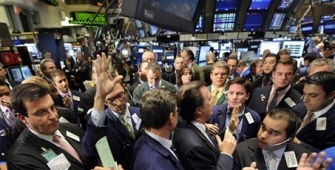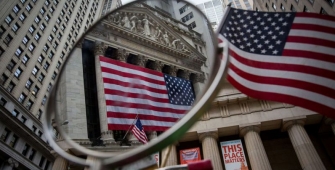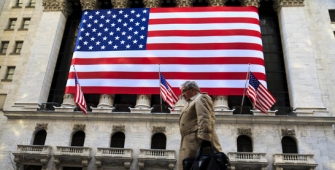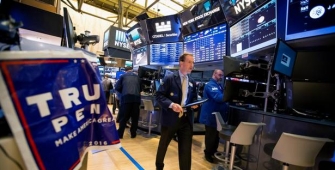InstaForex Gertrude
Active member
French Election: Euro Cheers French Election Outcome, Yen Hammered
The single currency is up almost 1.5 percent as the centrist, pro-European Union candidate Emmanuel Macron is set to win the first round of French Election, initial results show. The euro is currently trading at 1.087 against the dollar and at one point the single currency was trading at as high as 1.094 against the dollar.
According to latest numbers, Emmanuel Macron is leading with 23.7 percent of the votes, followed by Front National leader Marine le Pen, who is set to receive 21.7 percent of the votes. The other two top candidates, Republican François Fillon and the leftist leader Jean-Luc Mélenchon are set to receive 20 percent and 19.5 percent of the votes respectively. Since no candidate received 50 percent of the votes required to become the next President, the top two candidates will face each other in the second round of the election, to be held on May 7th.
A lightning Ipsos poll of second round voting intentions shows Macron beating Marine Le Pen in the second round by 24 percent margin. However, the outcome would depend a lot on undecided voters and abstention.
As the political tensions ease with a first round victory for Macron, the safe haven currency yen took a beating. The yen is trading more than a percent down at 110 per dollar. At one point, it was down to as low as 110.6 per dollar.
News are provided by InstaForex
The single currency is up almost 1.5 percent as the centrist, pro-European Union candidate Emmanuel Macron is set to win the first round of French Election, initial results show. The euro is currently trading at 1.087 against the dollar and at one point the single currency was trading at as high as 1.094 against the dollar.
According to latest numbers, Emmanuel Macron is leading with 23.7 percent of the votes, followed by Front National leader Marine le Pen, who is set to receive 21.7 percent of the votes. The other two top candidates, Republican François Fillon and the leftist leader Jean-Luc Mélenchon are set to receive 20 percent and 19.5 percent of the votes respectively. Since no candidate received 50 percent of the votes required to become the next President, the top two candidates will face each other in the second round of the election, to be held on May 7th.
A lightning Ipsos poll of second round voting intentions shows Macron beating Marine Le Pen in the second round by 24 percent margin. However, the outcome would depend a lot on undecided voters and abstention.
As the political tensions ease with a first round victory for Macron, the safe haven currency yen took a beating. The yen is trading more than a percent down at 110 per dollar. At one point, it was down to as low as 110.6 per dollar.
News are provided by InstaForex



